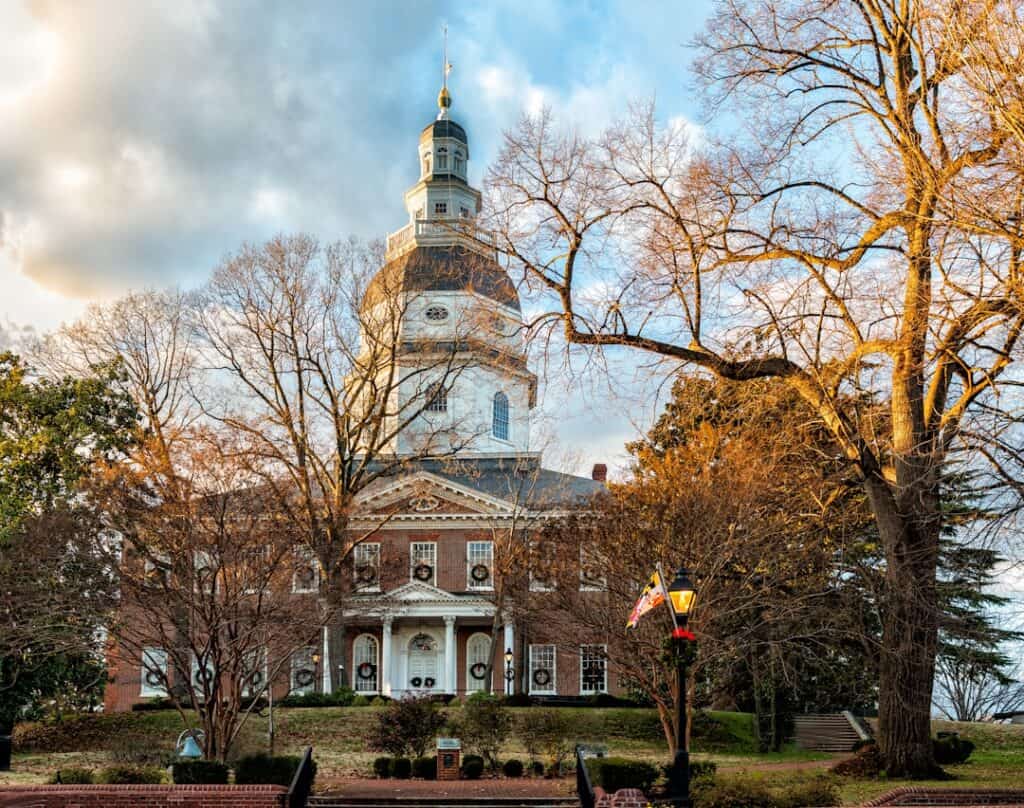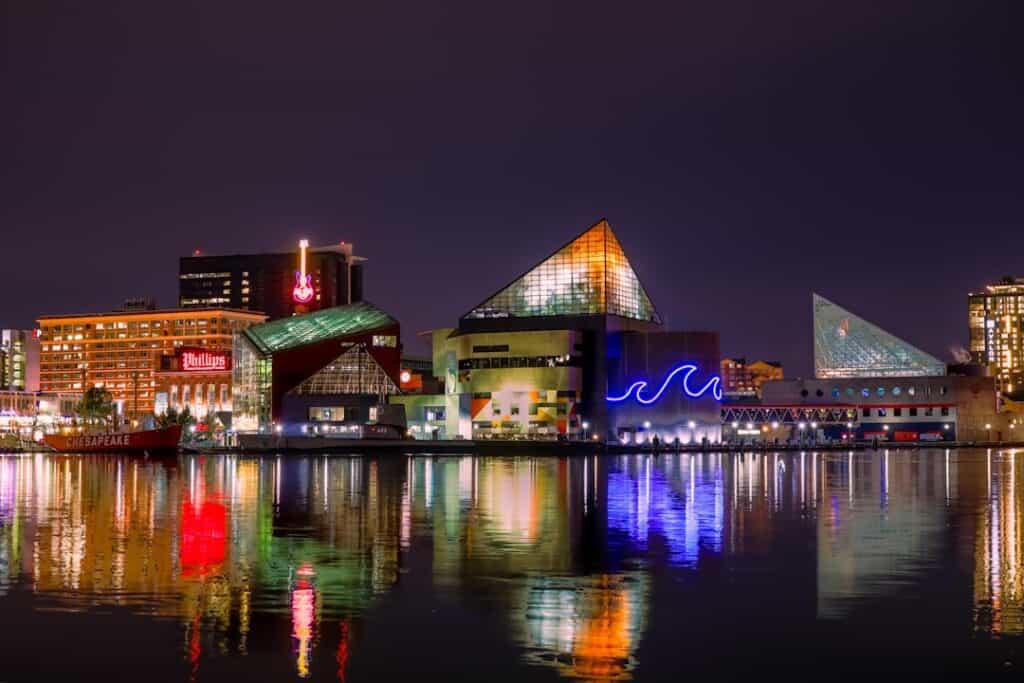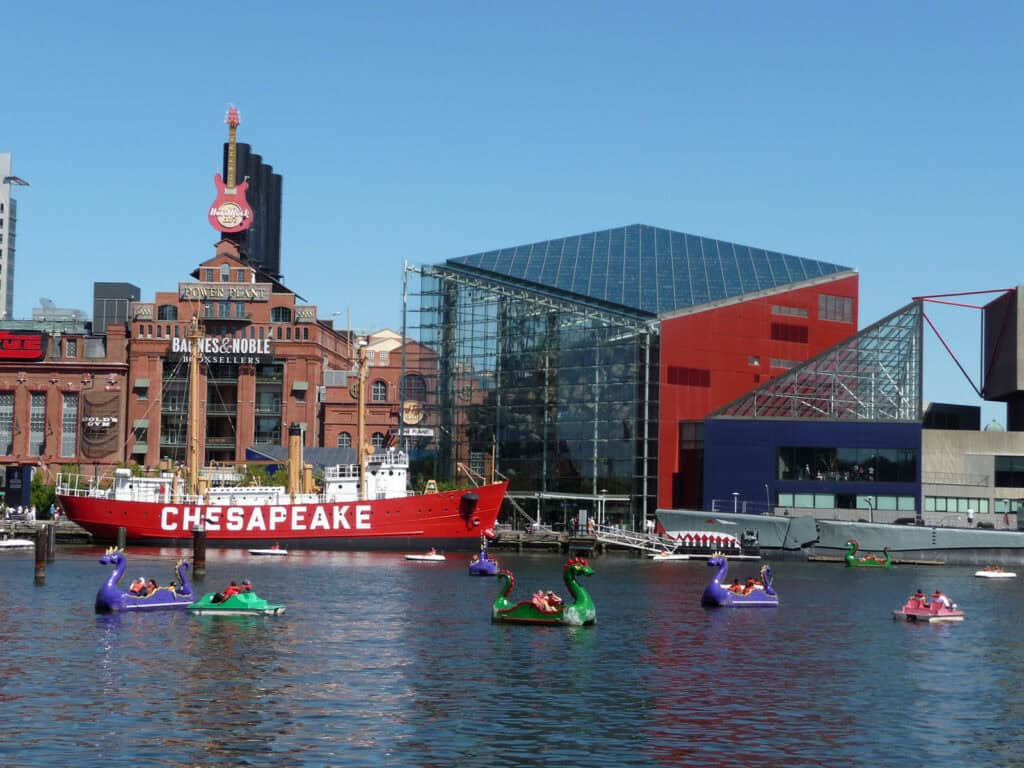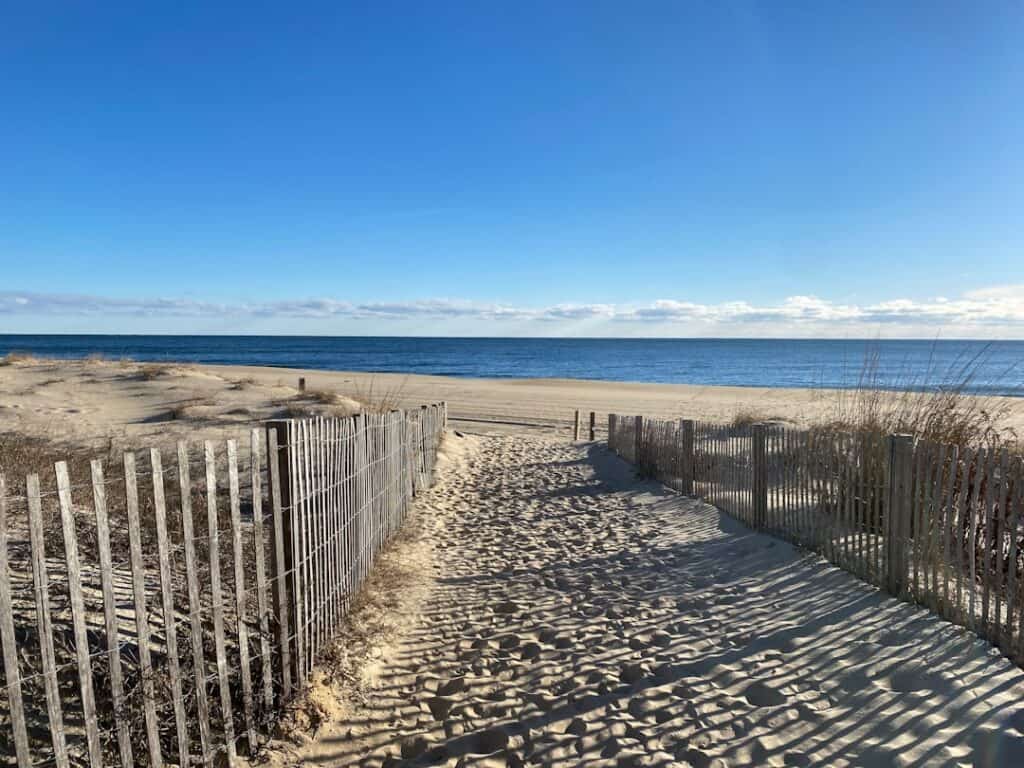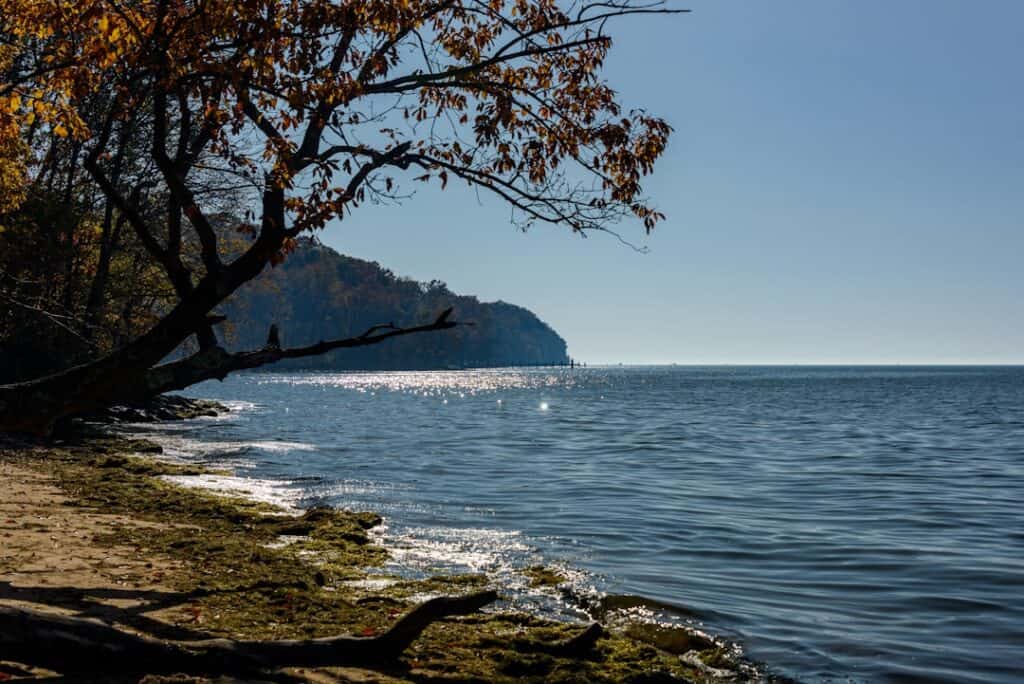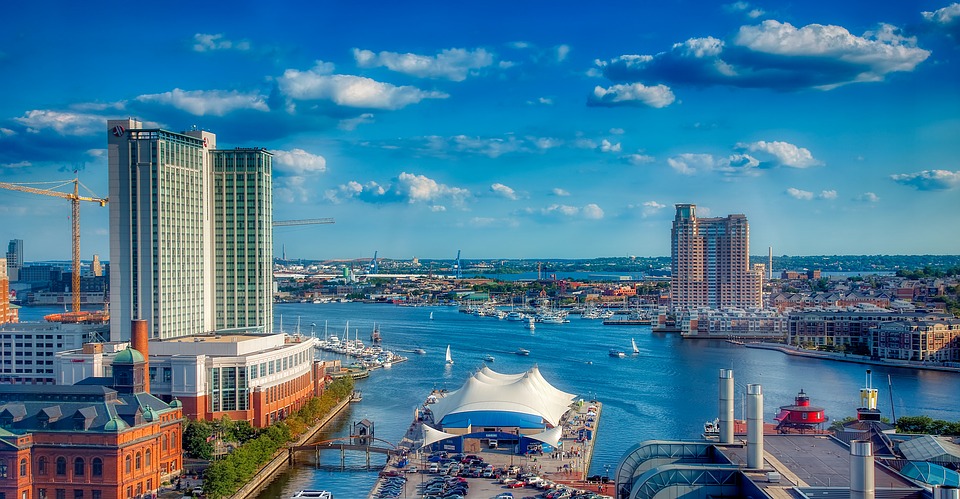Maryland
A small state enveloping a bay, Maryland’s geographic biodiversity will surely take you by surprise. It has a variety of landscapes that can easily represent the entire country. From sandy dunes, rolling hills, forests, seagrass, to low marshlands teeming with wildlife — Maryland is truly America in Miniature.
Geography
Despite being the 8th smallest state, roughly the size of Hawaii, Maryland is an entire continent in itself. Nicknamed ‘America in Miniature’, Maryland possesses a variety of topography that can represent the entire country. It has sandy dunes, rolling hills, forests, seagrass, low marshlands, and flowing rivers.
With the entire state practically wrapped around the Chesapeake Bay, Maryland is teeming with wildlife. Typical, of course, to the states on the East coast, it boasts of an abundance of flora. In fact, in 2007, Maryland was throned to be one of the greenest states in the country. It was among the first states who committed to protecting the environment. Maryland continues to top ranks in terms of energy efficiency and the least production of toxic waste. It is also the first state to have had laws against fracking.
The west of Maryland is filled with heavily forested mountains. It is where the landscape of the Deep Creek Lake and the Appalachian Mountains combine to create this panoramic scenery. The East, on the other hand, has its beaches. This is why as small as this state is, the variety of natural attractions to see is remarkable.
History
The first groups of people to settle into the areas of Maryland came about the time the ice age ended. Semi-nomadic people that hunted small animals as deers thrived in the areas of Maryland, The Native American villages gradually developed into agricultural societies with growing political-economic complexity.
The first European exploration noted in the area was in 1498 led by French explorers. Europeans would begin settling and occupying parts of Maryland in the 17th century. The disease that the Europeans brought was quickly fatal to the Native American locals. The state would, later on, be officially colonized by the Europeans. It was later named as Maryland in honor of Queen Henrietta Maria.
Weather
Despite its size, parts of Maryland tend to have varying climates. This is mainly due to the variation in elevation and parts’ proximity to the water. The flatter eastern region, for instance, has a humid subtropical climate. This means hot, humid summers, and milder winters. Whereas its northern parts can have very cold, very snowy winters with its humid continental climate.
The western parts of Maryland, having higher elevation, also display a more humid continental climate. Be sure to pack up some heavy-duty gears if you are planning to hike to its beautiful mountains in cooler months.
Key information about Maryland
📍 Area: 32,133km2
👥 Population: 6,045,680
🏛️ Capital: Annapolis
🏢 Major cities: Baltimore
🔢 Number of counties: 24
📋 Postal Abbreviation: MD
📖 Primary language/s: English
📌 Nearby states: Pennsylvania, West Virginia, Delaware, Virginia

